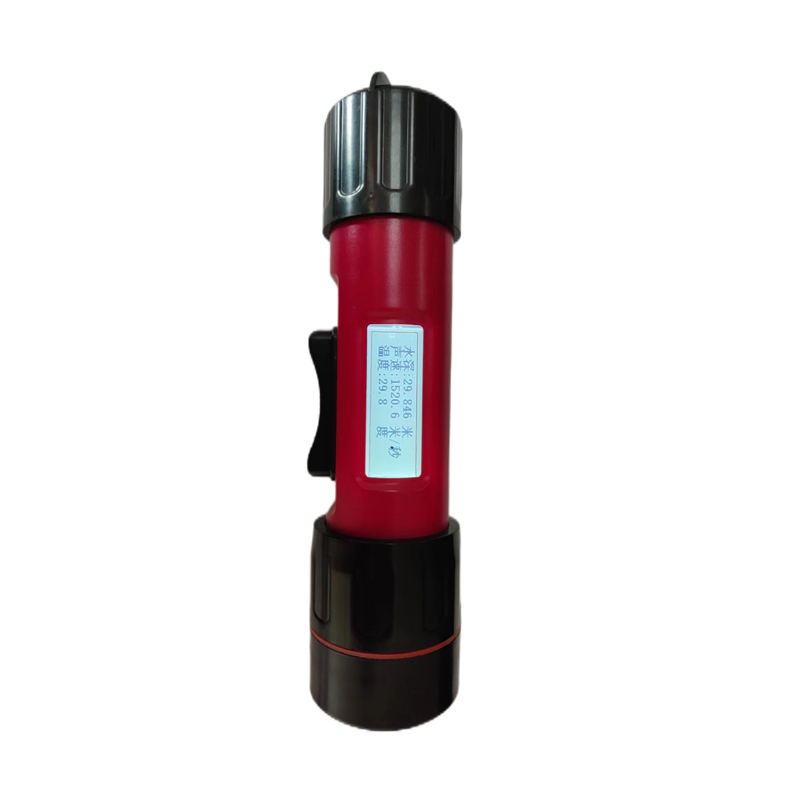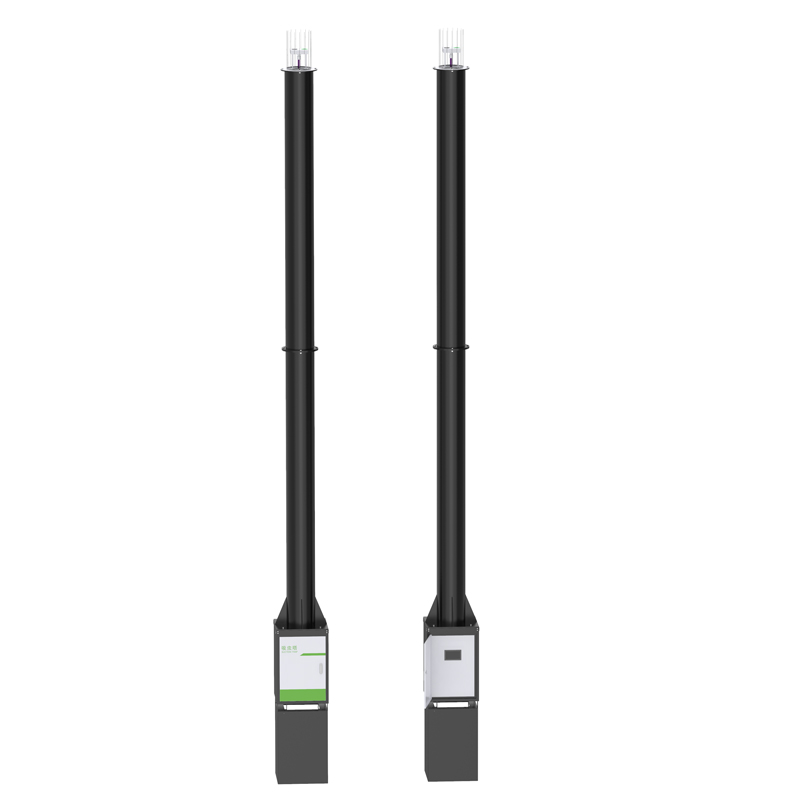The key to the future development of agriculture lies in the continuous promotion of innovation and progress in agricultural science and technology. At the current stage, in China, in the control and early warning system of crop pests and diseases, the collection of information mainly relies on automated means, while manual collection serves as a supplement. At present, automated information collection mainly focuses on the parameters of the external production environment. With further development and breakthroughs in crop ontology sensing technology, we will be able to expand the range of parameters for automated collection in a timely manner and gradually reduce the reliance on manual collection. Production in the field of agriculture is becoming more and more modern, especially the rapid development of the "Internet + agriculture" model, showing the modern trend of agricultural science and technology.
Spore analyser is such an instrument. It is equipped with a high-magnification optical microscope imaging system, which combines precision positioning technology, automated intelligent focusing technology, and Internet of Things transmission and control technology, and is capable of realising 24-hour uninterrupted automatic photographing and real-time analysis of captured pathogen spores. Using advanced image enhancement algorithms, the instrument is able to clearly capture and display tiny targets with diameters ranging from 5 to 100 microns.
It supports data transfer via 4G network or Ethernet interface, and can be operated remotely via a web interface or mobile application, with optional GPS location function to further enhance the ease of operation. By monitoring the number and spread of disease spores, the Smart Spore Capture Instrument provides agricultural workers with accurate data to help them more effectively predict and prevent disease outbreaks and spread.
The instrument works on the basis of:
Spores are specialised cells used by certain organisms to reproduce and are particularly prevalent in the fungal community. They can be regarded as the reproductive units of fungi, similar to the seeds of plants. When spores are released into a suitable environment, they are able to germinate and develop into new fungal individuals. However, if the spores land on a crop and begin to grow, they can cause damage to the crop, a condition often referred to as a "fungal plant disease". According to reliable statistics, more than 8,000 species of fungi are known to cause plant diseases, and fungi cause up to 80 per cent of all plant diseases. This alarming proportion is enough to remind us to give adequate attention and vigilance to fungal diseases. Therefore, spore counts and species need to be monitored regularly for proper prevention of agricultural diseases.

This paper addresses:https://fengtusz.com/industry/263.html









